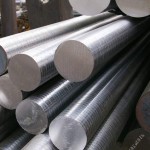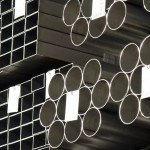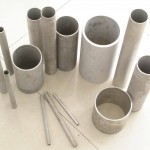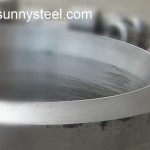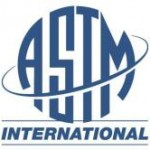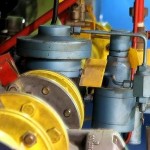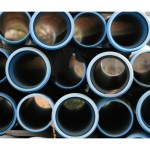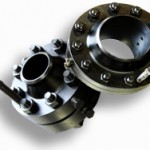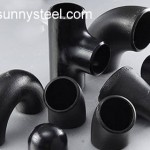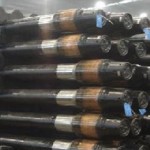Definition Of Duplex Steels
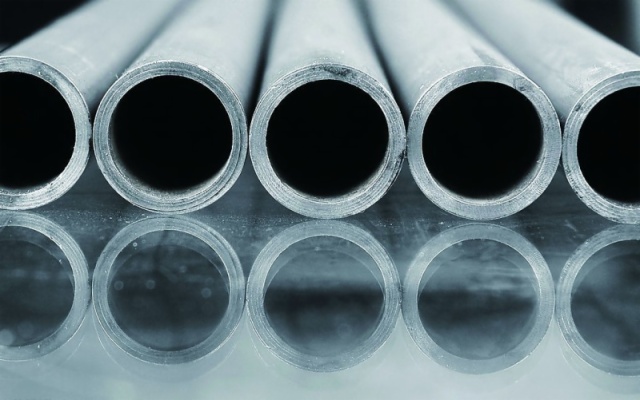
Duplex Stainless Steels Are Extremely Corrosion Resistant, Work Hardenable Alloys. Their Microstructures Consist Of A Mixture Of Austenite And Ferrite Phases. As A Result, Duplex Stainless Steels Display Properties Characteristic Of Both Austenitic And Ferritic Stainless Steels. This Combination Of Properties Can Mean Some Compromise When Compared With Pure Austenitic And Pure Ferritic Grades.
Duplex Stainless Steels Are In Most Cases, Tougher Than Ferritic Stainless Steels. Strengths Of Duplex Stainless Steels Can In Some Cases Be Double That For Austenitic Stainless Steels.
Whilst Duplex Stainless Steels Are Considered Resistant To Stress Corrosion Cracking, They Are Not As Resistant To This Form Of Attack As Ferritic Stainless Steels. However, The Corrosion Resistance Of The Least Resistant Duplex Stainless Steels Is Greater Than That For The Most Commonly Used Grades Of Stainless Steels, I.E. 304 And 316.
Duplex Steels Are Also Magnetic, A Property That Can Be Used To Easily Differentiate Them From Common Austenitic Grades Of Stainless.
Property Data Given In This Document Is Typical For Flat Rolled Products Covered By Astm A240/A240m. Astm, En Or Other Standards May Cover Products Sold. It Is Reasonable To Expect Specifications In These Standards To Be Similar But Not Necessarily Identical To Those Given In This Datasheet.

Toughness And Ductility :
Duplex And Super-Duplex Stainless Steels Have Significantly Better Toughness And Ductility Than Ferritic Grades. However, They Do Not Reach The Excellent Values Of Austenitic Grades.
Corrosion Resistance :
When Adequately Heat Treated, The Materials, Depending On Their Composition, Are Corrosion Resistant. For Chloride Pitting And Crevice Corrosion Resistance, The Chromium-, Molybdenum- And Nitrogen Contents Are Very Important. Duplex Stainless And Super-Duplex Steel Grades Have A Range Of Corrosion Resistance, Similar To The Range For Conventional Austenitic Stainless Steels (E.G.V304 Or V316 To Vrc 254).
Heat Resistance :
The High Chromium Content Of Duplex Stainless Steels That Protects Against Corrosion, Causes Embrittlement At Temperatures Over About 300°C.
At Low Temperatures Duplex Stainless Steels Have Better Ductility Than The Ferritic And Martensitic Grades. Duplex Grades Can Readily Be Used Down To At Least -50°C.
Heat Treatment :
Duplex Stainless Steels Cannot Be Hardened By Heat Treatment. They Can However Be Work Hardened. Solution Treatment Or Annealing Can Be Done By Rapid Cooling After Heating To Around 1100°C.
Applications :
Oil And Gas Exploration And Offshore Rigs
Oil And Gas Refining & Industry Equipment
Marine Environments, Desalination Plants, High Pressure Ro-Plant And Seawater Piping
Pollution Control Equipment
Pulp & Paper Manufacturing
Chemical Process Industries, Heat Exchangers, Vessels, And Piping
Power Industry Fgd Systems, Utility And Industrial Scrubber Systems, Absorber Towers, & Ducting
Mechanical And Structural Components, High Strength, Corrosion-Resistant Parts
Offshore Platforms, Heat Exchangers, Process And Service Water Systems, Fire-Fighting Systems, Injection And Ballast
Water Systems
Exhaust Systems, Car Trim/Grilles, Road Tankers, Ship Containers, Ships Chemical Tankers, Refuse Vehicles
Chemical Processing, Transport And Storage
Springs, Fasteners (Bolts, Nuts And Washers), Wire.
Duplex Characteristics & Benefits
|
Characteristic
|
Benefit
|
| High Inherent Corrosion Resistance | No Need To Protect By Surface Coating |
| Outstanding Pitting/Crevice Resistance | Ideal For Oil & Gas, Marine & Defence Applications |
| Excellent Corrosion Resistance In Acids | Ideal For Chemical Industry |
| High Resistance To Stress Corrosion Cracking | Suitable For Highly Loaded Components In Chloride Environments |
| High Resistance To Chloramines At High Temperature / Humidity | Suitable For Use In Safety Critical Supports In Swimming Pools |
| High Mechanical Strength | Scope For Smaller Diameter And Hardware |
| Good Fatigue Strength | Applicable For Cyclically Loaded Assemblies |
| High Modulus Of Elasticity | Low Propensity To Stretch |
* Available Specifications Of Duplex And Super Duplex Stainless Steel
|
Euro Specification
|
U.S Specification
|
Composition
|
Benefit
|
|
| En Astm 1.4501 A135 F55 | Uns S32760 | Super Duplex Stainless Steel. 25% Chromium Super Duplex (Austenitic/Ferritic) Steel With 0.75% Tungsten And Copper | Good Strength/Ductility Combined With High Corrosion Resistance | |
| En Astm 1.4462 A135 F51 | Uns S31803 | Duplex Stainless Steel. 22% Chromium Duplex (Austenitic/ Ferritic) Steel (2205 Type) | Moderate/Good Strength And Good General Corrosion/ Stress Corrosion Cracking Resistance | |
| En Astm 1.4410 A135 F53 | Uns S32750 | Super Duplex Stainless Steel. 25% Chromium Copper-Free Super Duplex (Austenitic/Ferritic) Steel (Also Known As 2507) | Good Strength And Ductility Combined With High Marine Corrosion Resistance | |
| En Astm 1.4507 A135 F61 | Uns S32550 Ferrinox(R) 255 | Super Duplex Stainless Steel. High Performance 25% Chromium Super Duplex (Austenitic/Ferritic) Steel With 1.75% Copper | Good Strength/Ductility Combined With High Resistance To All Forms Of Corrosion | |
Fabrication
Fabrication Of All Stainless Steels Should Be Done Only With Tools Dedicated To Stainless Steel Materials. Tooling And Work Surfaces Must Be Thoroughly Cleaned Before Use. These Precautions Are Necessary To Avoid Cross Contamination Of Stainless Steel By Easily Corroded Metals That May Discolour The Surface Of The Fabricated Product.
Machinability
Although Machinable, The High Strengths Of Duplex Stainless Steels Makes Machining Difficult. As An Example, Machining Of 2205 Is Around 20% Slower Than For 304.
Machining Can Be Enhanced By Using The Following Rules :
~ Cutting Edges Must Be Kept Sharp. Dull Edges Cause Excess Work Hardening.
~ Cuts Should Be Light But Deep Enough To Prevent Work Hardening By Riding On The Surface Of The Material.
~ Chip Breakers Should Be Employed To Assist In Ensuring Swarf Remains Clear Of The Work
~ Low Thermal Conductivity Of Austenitic Alloys Results In Heat Concentrating At The Cutting Edges. This Means Coolants And Lubricants Are Necessary And Must Be Used In Large Quantities.
Weldability Duplex Stainless Steels Have Good Weldability. All Standard Welding Processes Can Be Used. They Are Not Quite As Easily Welded As The Austenitic Grades But Low Thermal Expansion In Duplex Grades Reduces Distortion And Residual Stresses After Welding. The Recommended Filler Material For 2205 Stainless Steel Is 2209
Cost:
Duplex Stainless Steels Have Lower Nickel And Molybdenum Contents Than Their Austenitic Counterparts Of Similar Corrosion Resistance. Due To The Lower Alloying Content, Duplex Stainless Steels Can Be Lower In Cost, Especially In Times Of High Alloy Surcharges. Additionally, It May Often Be Possible To Reduce The Section Thickness Of Duplex Stainless Steel, Due To Its Increased Yield Strength Compared To Austenitic Stainless Steel. The Combination Can Lead To Significant Cost And Weight Savings Compared To A Solution In Austenitic Stainless Steels.

